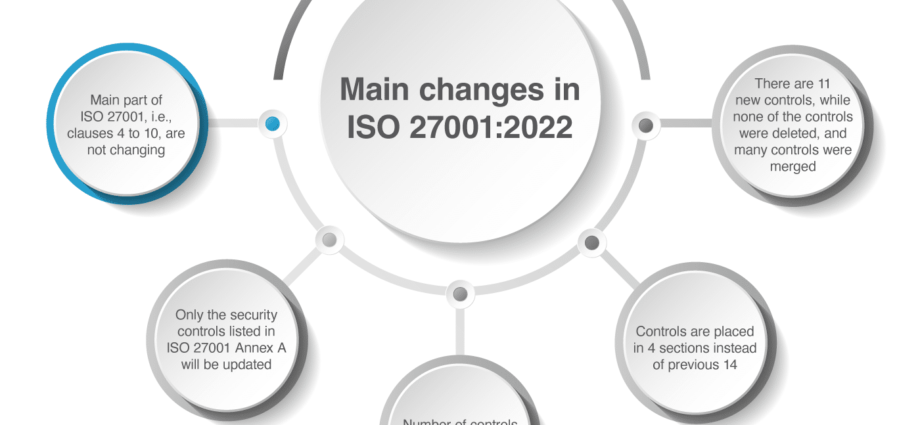Understanding the Essence of ISO 27001 and ISO 27002
In the realm of data security, adherence to standards is paramount. The cornerstone of data security standards, ISO 27001, along with its guiding companion ISO 27002, saw their last significant update in 2013, almost a decade ago. However, a fresh iteration of ISO 27002 emerged in February 2022, with a revised version of ISO 27001 slated for release in October 2022.
Decoding ISO 27001 and 27002 Guidelines
ISO 27001 stands as a globally acknowledged benchmark for data security, enabling businesses to adopt a risk-based approach to information security, recognized universally as the epitome of best practices. Central to this approach is the implementation of an Information Security Management System (ISMS), aiding organizations in identifying, evaluating, mitigating, and managing risks associated with corporate data and assets. ISO 27002, on the other hand, comprises a set of guidelines or controls designed to facilitate the adoption and implementation of ISMS best practices.
Distinguishing ISO 27001 from 27002
While ISO 27001 certification can be obtained for businesses, ISO 27002 accreditation is not attainable. ISO 27001 serves as the foundational standard, whereas ISO 27002 offers supportive controls aimed at guiding and implementing best security practices for ISO 27001 certification.
Anticipating Changes in ISO 27001:2022
A significant portion of ISO 27001, encompassing clauses 4 to 10, remains largely unchanged. However, the security controls outlined in ISO 27002:2013 Annex A have been updated to ISO 27002:2022, enhancing ease of implementation. Notable changes include a reduction in the number of controls from 114 to 93, restructuring into four sections, and the introduction of 11 new controls.
Unveiling ISO 27002:2022 Changes
The latest iteration of the standard features 93 controls, grouped into four themes: People, Organizational, Technological, and Physical. Additionally, new controls such as Risk Intelligence, Cloud Service Security, and Secure Coding have been introduced, offering enhanced coverage and adaptability.
Release Timeline
ISO 27002:2022 was officially published on February 15, 2022. However, updates to ISO 27001 are scheduled for release in October 2022, with a precise date yet to be announced.
Navigating Implementation
For businesses considering ISO 27001 implementation, the urgency depends on external pressures. If client requirements dictate certification before the new release, initiating implementation under ISO 27001:2013 is advisable. Mapping new controls to the existing Annex A facilitates a seamless transition once ISO 27001:2022 is published.
Initiating Implementation
Given the gradual nature of upcoming changes, commencing implementation based on the current ISO 27001:2013 standard is recommended. The anticipated minimal impact of future alterations ensures a smooth transition process.
Transitioning for Current Certificate Holders
Existing ISO 27001:2013 certifications will require minor adjustments upon the release of ISO 27001:2022. Updates primarily involve revising documentation to align with new controls, focusing on risk treatment processes, Statement of Applicability, and specific policy sections.
Transition Period
Certified organizations typically have a two-year transition period to realign their management systems with the latest standard version, ensuring adequate time for adaptation and compliance.
Examination of Changes
Certification bodies will scrutinize documentation adjustments during routine surveillance audits, ensuring alignment with the transition period requirements.
Conclusion
As the landscape of data security evolves, staying abreast of standard updates is imperative for organizations striving to uphold best practices. The forthcoming revisions to ISO 27001 and ISO 27002 present an opportunity for businesses to fortify their information security frameworks and adapt to emerging threats effectively. By embracing these changes proactively, organizations can enhance their resilience and maintain a competitive edge in an increasingly digitized world.
